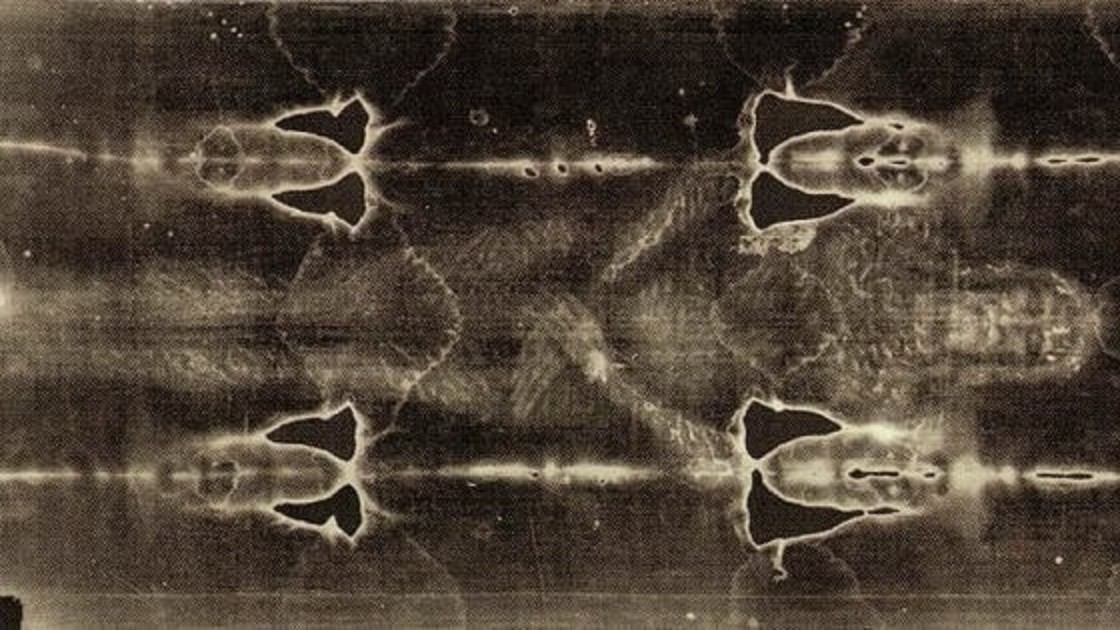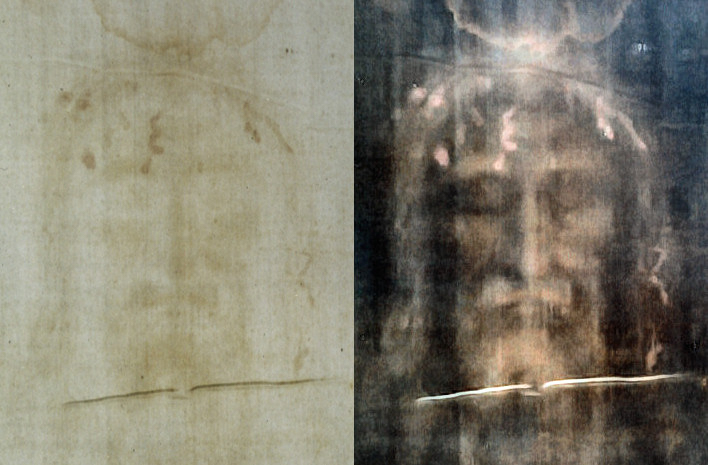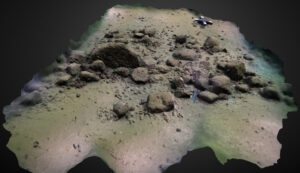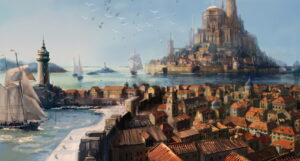Since I was a kid and saw an episode of Unsolved Mysteries about the history and puzzle of the Shroud of Turin, I’ve been interested in the 14-by-9-foot old Church relic. After all, we kind people don’t tend to put much faith in things like that.

When Jesus Christ, the Son of God, came back to life after death, he gave his followers many more sure signs that he was still alive. Another version says that Jesus gave many convincing signs that he was alive (NIV) as if the disciples needed more proof that Jesus was alive than the fact that he was standing in front of them with nailed-in hands and a gaping wound in his side.
The Shroud’s history

Silas Grey and Rowen Radcliffe tell that story about the Image of Edessa or Mandylion in the book. It is true. Eusebius remembered that a long time ago, the King of Edessa had written to Jesus and asked him to visit. The invitation was more personal, and he was very sick with a disease that could not be cured. He also knew that Jesus had done many miracles south of his kingdom in Judea and Galilee. So he wanted to be a part of it.
The story goes that Jesus said no, but he promised the king he would send one of his disciples to heal him when he was done with his work on earth. The people who followed Jesus sent Jude Thaddeus, who had helped many people improve in Edessa. He also brought something very special: a linen cloth with a picture of a beautiful person.
The many faces of Jesus

One interesting fact about the Shroud’s history is that before the image became well-known in the sixth century, icons or pictures of the “Savior” looked very different. Jesus didn’t have a beard in pictures made before the sixth century. His hair was short, and he had a baby face, almost like an angel. Icons changed after the sixth century when the picture became better known.
In these religious pictures, Jesus has a long beard, long hair parted down the middle, and a face that looks strangely like the face on the Shroud. This shows how the Shroud affected the early days of Christianity through stories. But also the story of how it started in Edessa, as told by Eusebius, one of the most well-known early Church historians.
The image is of a man being crucified
The linen’s faint mark is from a dead body that has become stiff. In reality, the picture is of a person being crucified. During one of the most important times in the 1970s, when the Shroud was being dissected and tested, many criminal pathologists came to this conclusion.
The blood is for real
One of the pathologists, Dr. Vignon, said that the image was so accurate that you could tell the difference between serum and cellular mass in many of the blood spots. This is the most crucial thing about dried blood. This means that there is real, dried human blood in the fabric.
The Bible says that the man was mutilated
The same pathologists saw swelling around the eyes, a normal response to bruises caused by being hit. The New Testament says that Jesus was badly beaten before he was put on the cross. The rigor mortis is also clear because the chest and feet are bigger than usual. These are classic signs of a real crucifixion. So, the man in that burial cloth had his body cut up in the same way that the New Testament asserts Jesus of Nazareth was beaten, beaten up, and killed by being nailed to a cross.
The image needs to be better
The most exciting thing about the Shroud is that it does not show a positive image. This technology wasn’t even comprehended until the camera was invented in the 1800s, which disproves the idea that the Shroud is just a medieval fake that was stained or painted. It took a thousand years for people to understand things like negative images, which no medieval painter could have painted.
The positive image gives information about the past
The positive image from the negative image on the Shroud shows in detail many of the chronological markers that link up to the Gospel accounts of Jesus’ death. You can see where a Roman flagrum hit you on your arms, legs, and back. The crown of thorns made cuts around the head.
His shoulder looks out of place, probably because he was carrying his pass beam when he fell. Scientists who looked at the Shroud say that all of these wounds were made while he was still alive. Then there’s the stab wound in the breast and the nail marks on the wrists and feet. All of this fits with what the Gospels say about what people saw and heard.
There’s nothing on the planet like it
With all of his facial features, hair, and wounds, the man has a unique look. There is nothing like it anywhere in the world. Inexplicable. Since no stains on the linen show signs of decomposition, we know that whichever skin was in the Shroud left first before the decomposition process started, just as the Gospels say Jesus rose from the dead just on the third day.
Reflects traditional burial practices
At the time, Jewish burial customs said the man should be laid to rest in a linen shroud that looked like a sail. But he didn’t get washed as part of the ritual, just like Jesus didn’t, because that was against the rules of the Passover and the Sabbath.
Final words
The Shroud of Turin is one of the most famous archaeological artifacts in the world and one of the most important for Christian faith. The shroud has been the subject of historical investigations and two major scientific studies over the last few decades. It is also the object of veneration and belief by many Christians and other denominations.
Both the Vatican and The Church of Jesus Christ of Latter-day Saints (LDS) believe the shroud is authentic. But the Catholic Church only officially recorded its existence in AD 1353, when it showed up in a tiny church in Lirey, France. Centuries later, in the 1980s, radiocarbon dating, which measures the rate at which different isotopes of the carbon atoms decay, suggested the shroud was made between AD 1260 and AD 1390, lending credence to the notion that it was an elaborate fake created in the Middle Ages.
On the other hand, the new DNA analyses don’t rule out either the notion that the long strip of linen is a medieval forgery or that it’s the true burial shroud of Jesus Christ.



